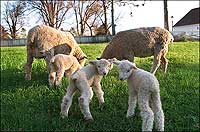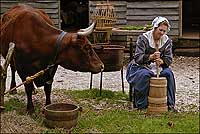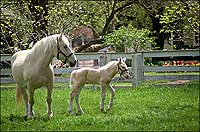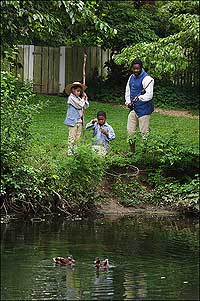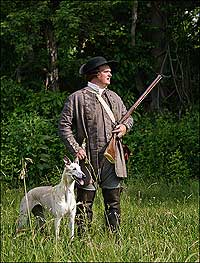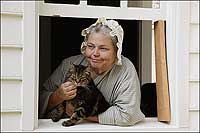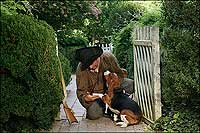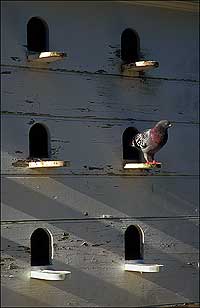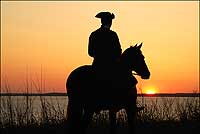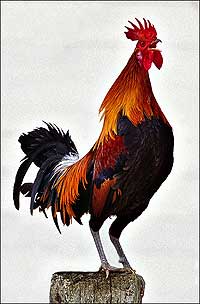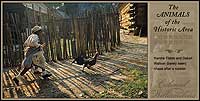Rare Breeds and Other Creatures
photography by Dave Doody
text by Barbara Brown
ANIMALS ARE as much a part of domestic life at Colonial Williamsburg today as they were in the eighteenth-century city. Animals plow fields, pull carriages, lay eggs, give milk, and serve for pets—and some end up on the dinner table.
Through them, Historic Area guests learn about the usefulness and adaptability of livestock, and how the institution's rare breeds program helps preserve the bloodlines of uncommon horses, sheep, poultry, and the like. Richard Nicoll, director of coach and livestock, suggested a book of photographs of them. Abigail Schumann arranged sessions for photographers David Doody, Tom Green, Barbara Lombardi, Kelly Mihalcoe, and Lael White.
Animals don't respond to requests to smile or look at the camera, and watching one's step in their domains is prudent. Patience is the virtue most required, but an eye for the unexpected is important, too. A photo shoot set up to capture horses yielded an unplanned shot of the stable cat, Tigger, stalking a mouse.
Presented here are a few of the photos selected for inclusion in the just-out volume Link to the Past, Bridge to the Future: Colonial Williamsburg's Animals. Written by John P. Hunter, it is available at www.williamsburgmarketplace.com.

